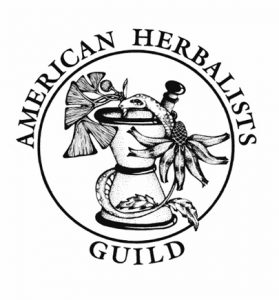Boswellia
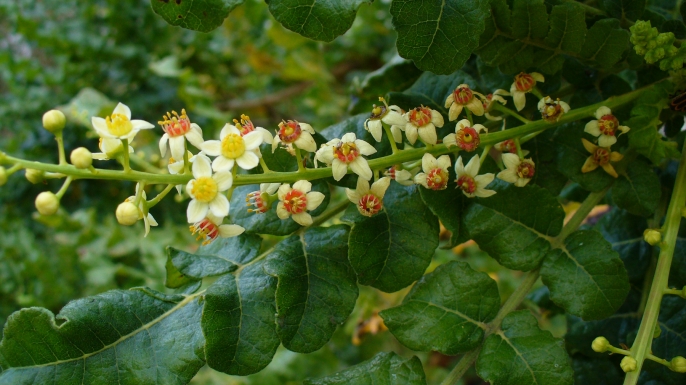
Barbara Myers, ND, MH
About Boswellia
Boswellia is the name of the family of trees that produce the fragrant and medicinal resins that we have come to know as Frankincense. There are at least 16 species in the Boswellia family. The species that are most used for Frankincense essential oil are Boswellia serrata, Boswellia carterii and Boswellia sacra. Boswellia serrata is known as Indian Frankincense and native to India and North Africa, Boswellia carterii is native to the Oman & Somalia and Boswellia sacra is native to the Arabian Peninsula & NE Africa.
History & folklore
Frankincense is a holy oil in the middle east. Gold, Frankincense and Myrrh were holy gifts given to the baby Jesus. Frankincense and the other plant-derived treasure given to the newborn Jesus, myrrh, have a long history dating back thousands of years. Though perhaps best known for their use in incense and ancient rituals, these substances, both of which boast proven antiseptic and anti-inflammatory properties, were once considered effective remedies for everything from toothaches to leprosy.
Frankincense, also known as olibanum, has been traded in the Middle East and North Africa for over 5,000 years. It is believed that the Babylonians and Assyrians burned it during religious ceremonies. The ancient Egyptians bought entire boatloads of the resins from the Phoenicians, using them in incense, insect repellent, perfume and salves for wounds and sores. Frankincense was also a key ingredient in the embalming process. Frankincense was charred and ground into a power to make the heavy eyeliner Egyptian women famously wore. Sacks of frankincense and potted saplings of myrrh-producing trees appear in murals decorating the walls of a temple dedicated to Queen Hatshepsut, who ruled Egypt for roughly two decades until her death around 480 B.C.
Frankincense essential oil
Frankincense is derived from the gummy sap that oozes out of the Boswellia tree when the bark is cut. The leaking resin is allowed to harden and scraped off the trunk in tear-shaped droplets; it may then be used in its dried form or steamed to yield essential oils. Frankincense is edible and 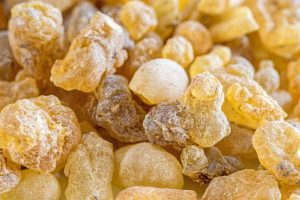 often chewed like gum. Frankincense oil has a woody, earthy, spicy and slightly fruity aroma, which is calming and relaxing. It’s said to be sweeter, fresher and cleaner than frankincense resin.
often chewed like gum. Frankincense oil has a woody, earthy, spicy and slightly fruity aroma, which is calming and relaxing. It’s said to be sweeter, fresher and cleaner than frankincense resin.
Frankincense oil is considered a tonic, as it benefits all the systems operating in the body, including the digestive, respiratory, nervous and excretory systems. It also aids the absorption of nutrients and strengthens your immune system.
The chemical makeup of Frankincense includes sesquiterpenes, which go beyond the blood/brain barrier and it can stimulate the limbic system in your brain which is a part of the brain managing emotions & behavior.
Applications for the essential oil: Diffuse or inhale directly. Topical application, neat or diluted with carrier oil. Apply to the area of concern or on reflex points.
Boswellia gum resin
All Boswellia trees have the more or less same properties in slightly different proportions, etc. (One of the reason for the difference in proportions is where the tree grows and its conditions) Example being that the Boswellia serrata tree has the highest percentage of boswellic acids. Boswellic acids, particularly the AKBA (acetyl-11-keto-B-boswellic acid) are strong anti-inflammatory, anti-tumor and anti-cancer components of the Boswellia tree. The HOWEVER here is that boswellic acid is a heavy chemical component (molecular weight in the 400-500 range) and it DOES NOT distill over into the essential oil. Volatile molecules – those capable of evaporation (therefore distillation) have molecular weights below 300. Frankincense essential oils has many many wonderful properties, however if you want the cancer fighting compounds in the Boswellia family you should look at Boswellia serrata gum resin. I do recommend a product, BosMed by Europharma which uses an extract of the gum resin from the Boswellia serrata tree.
Resources:
Frankincense Oil & Cancer in Perspective
Frankincense as Medicine-Truth, Myth, and Misinformation
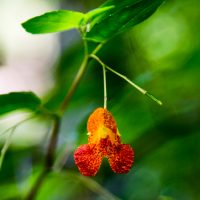 Previous Post
Previous Post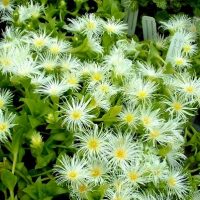 Next Post
Next Post
